Introduction
When Do Robin Eggs Hatch: The enchanting world of birds never ceases to amaze us with its mysteries and wonders. Among the many avian species that capture our fascination, the American Robins nest stands out as an iconic symbol of spring’s arrival. These delightful birds, with their vibrant orange breasts and melodious songs, herald the changing of seasons in North America. But perhaps even more intriguing than their cheerful appearance is the enigma that lies hidden within their nests the delicate robin eggs. In the ornithology and nature enthusiasts alike, the question of when robin eggs hatch is a captivating one. It takes us on a journey into the intricate and awe-inspiring process of avian reproduction, a realm where survival, timing, and natural beauty converge.
The American Robin, scientifically known as Turdus migratorius, is a species native to North America, ranging from Alaska to Mexico. It’s highly adaptable and can be found in a variety of habitats, from suburban backyards to dense woodlands. However, it is in our manicured lawns and neighborhood trees that we often encounter these iconic birds, watching with bated breath as they construct their nests. But truly captivating our curiosity is the transformation that occurs within those nests. The robin eggs, which are an unmistakable shade of pale blue, hold within them the promise of new life. From the moment the first egg is laid to the moment the last one hatches, a tale of endurance and dedication unfolds.
The female robin meticulously selecting a nesting site, crafting a cup-shaped nest using mud, grass, and twigs, and then laying her eggs one by one. Once the eggs are laid, a fascinating process begins. The female robin, with maternal instinct aflame, incubates the eggs with her body heat. This pivotal stage in the life cycle of robin eggs is one of careful temperature regulation, as the mother keeps the eggs warm to promote the development of the embryos inside. The is a delicate dance between environmental cues, weather conditions, and the biological clock of the embryos.
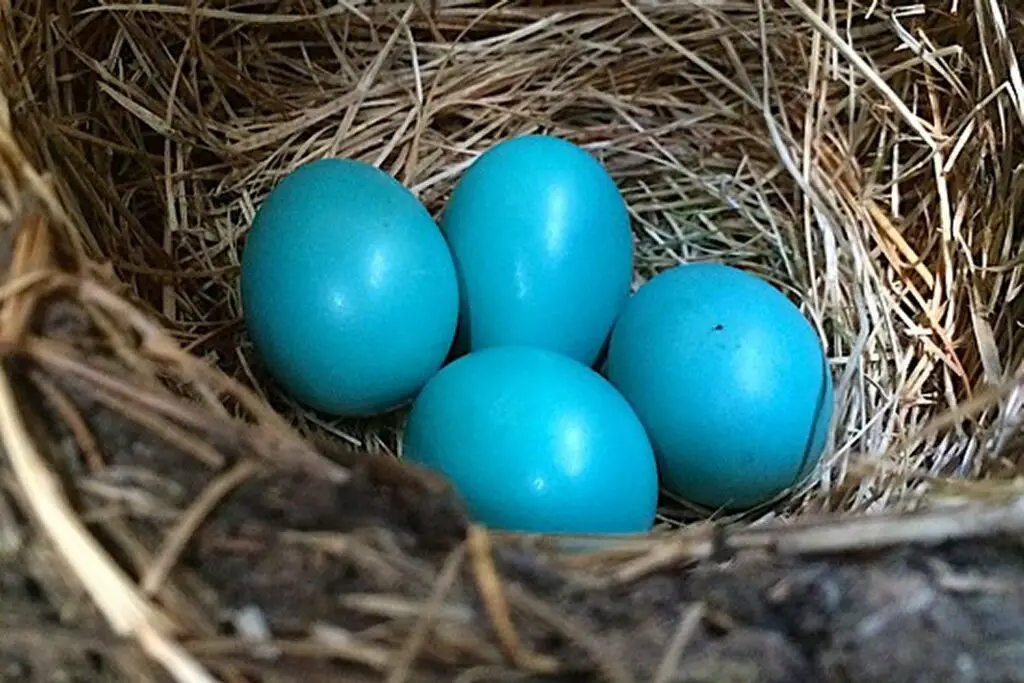
What month does a robin lay her eggs?
Robins are one of the earliest birds to nest and can begin building as early as January if the weather is mild, although the breeding season usually begins in March. They start laying their eggs between mid-April and mid-August, with baby chicks fledging after around two weeks.
Robins are migratory birds, and their nesting and breeding behavior is influenced by the availability of food and favorable weather conditions. While the exact timing can vary depending on the region and local climate, in most parts of North America, robins typically start to lay their eggs in the early spring, primarily during the months.
The exact month when a robin lays her eggs can vary based on several factors, including geographical location and local climate conditions. In southern regions with milder winters, robins may begin their nesting activities as early as February. In more northern regions, where winters are harsher and spring arrives later, robins might delay nesting until.
The female robin plays a crucial role in the process. She carefully selects a suitable nesting site, often in trees, shrubs, or other elevated locations. The nest is constructed using materials like twigs, grass, and mud, and it’s shaped into a cup-like structure that a secure and cozy environment for the eggs.
Once the nest is ready, the female robin will typically lay one egg per day until the clutch is complete. The number of eggs in a clutch can range from three to five, although it’s most commonly four. After the last egg is laid, the female begins incubating them, keeping them warm with her body heat to encourage the development of the embryos.
What do baby robins eat?
For the first four days of a nestling’s life, the parent birds regurgitate partly digested food into each baby’s mouth. By five days of age, the nestlings get earthworms that their parents break into small mouthfuls. The babies eat more each day. Soon parents give them whole worms and large insects.
Newly Hatched Chicks: When baby robins first hatch from their eggs, they are completely dependent on their parents for nourishment. At this stage, their diet consists exclusively of regurgitated food by the adult robins. This regurgitated food is a mixture of partially digested insects, worms, and other small invertebrates. The parents work tirelessly to find and deliver this protein-rich diet to their hungry chicks.
Featherless Nestlings: As the baby robins grow and develop, they progress to a stage where they begin to develop feathers but are still largely featherless. During this time, their diet remains primarily composed of insects, spiders, and other small invertebrates. The parents continue to hunt for and deliver this crucial source of protein to their growing nestlings.
Partially Feathered Nestlings: By this stage, the baby robins are starting to develop more feathers, and their bodies are better equipped to regulate their temperature. Their diet still consists mainly of insects and invertebrates, but the parents may also introduce some fruit into their diet. This fruit marks the beginning of a gradual shift toward solid food.
What eats Robin eggs?
The main predators of robin eggs are blue jays, crows, snakes, squirrels. Deer eat a lot of bird eggs and nestlings, too, but only from ground nests. Snakes swallow eggs on the spot, and since you found one egg in the yard, a snake most certainly wasn’t the culprit.
Snakes: Certain snake species are skilled climbers and are notorious for raiding bird nests, including those of robins. Rat snakes, corn snakes, and garter snakes are among the most common culprits. These snakes can easily scale trees and shrubs to access robin nests and consume the eggs or young nestlings.
Raccoons: Raccoons are known for their dexterity and ability to manipulate objects. They often raid bird nests, including those of robins, in search of eggs or chicks. Their nimble hands allow them to access nests hidden in trees or shrubs.
Squirrels: Squirrels primarily eat nuts, seeds, and vegetation, they are opportunistic feeders and will not pass up the chance to devour robin eggs if they come across a nest. Squirrels are agile climbers, and their inquisitive nature can lead them to explore potential food sources, including nests.
Opossums: Opossums are omnivores, and their diet can include eggs and nestlings of birds, including robins. These marsupials may find their way into nests when other food sources are scarce.
What does a pregnant robin look like?
So if any robin is going to look pregnant, it will be the male. However, all of this is silly because birds don’t become pregnant, no matter how much they’ve had to drink. Pregnancy is a mammal thing. Birds, which need to stay light in order to fly, can’t be weighed down with things growing inside of them.
Increased Time on the Nest: One of the most noticeable changes is that the female robin will spend an increased amount of time on the nest. She becomes very dedicated to keeping her eggs warm and safe from potential threats.
Protective Behavior: The female robin becomes more protective of her nest during incubation. She may be more vocal and may exhibit agitated behavior if she perceives any threats nearby.
Puffed Feathers: On the nest, the female may puff up her feathers to cover the eggs completely. This helps trap heat and keep the eggs at the right temperature for incubation.
Reduced Foraging: To minimize the time away from the nest, the female robin will typically reduce her foraging activities. She may still eat, but her forays for food will be shorter and less frequent.
Will a robin abandon her nest of eggs?
Robins only abandon their eggs when something happens that tells the robins they will have a poor chance of success. It seems unlikely that humans can have better success. I know how sad it is to see these beautiful eggs and how very tempting it is to want to save the tiny babies inside.
Human Disturbance: One of the most common reasons for nest abandonment is human interference. If a nest is disturbed or approached too closely and frequently by people, the adult robins may perceive it as a threat. In response, they may abandon the nest to protect themselves. This is crucial to minimize disturbances around nesting birds and avoid approaching nests too closely.
Predator Threat: If a predator discovers the nest and poses a significant threat to the adult robins or their eggs, the parents may abandon the nest to seek safety. Common nest predators include raccoons, snakes, and other animals that may raid the nest for eggs or chicks.
Nest Parasitism: In some cases, other bird species, such as the Brown-headed Cowbird, may lay their eggs in a robin’s nest. These eggs may hatch earlier and grow faster than the robin’s own eggs, leading the robin to abandon her nest when she realizes her own chicks are at a disadvantage.
Environmental Stress: Extreme weather conditions, such as prolonged heavy rain or unusually cold temperatures, can make it challenging for adult robins to effectively incubate their eggs. If the weather becomes too severe, the adults may leave the nest to find food or seek shelter, potentially leading to nest abandonment.
How many baby robins survive?
An American Robin can produce three successful broods in one year. On average, though, only 40 percent of nests successfully produce young. Only 25 percent of those fledged young survive. From that point on, about half of the robins alive in any year will make it to the next.
Another major challenge for baby robins is finding enough food. The parents must work tirelessly to feed their hungry brood. They search for earthworms, insects, and other invertebrates to necessary nutrition. However, bad weather, food shortages, or parental inexperience can lead to inadequate food supplies, increasing the mortality rate among baby robins.
In some food becomes particularly scarce, older and stronger robin chicks may exhibit a behavior known as siblicide. This involves the older chicks pushing their smaller siblings out of the nest, leading to their demise. This is not a common occurrence, it highlights the harsh realities of survival in the wild.
Baby robins can also fall victim to various diseases and parasites. Avian diseases, such as avian pox and avian influenza, can affect both adult robins and their offspring. Additionally, parasitic mites and insects like fleas can infest the nest, causing discomfort and potential harm to the chicks.
Do robins remove unhatched eggs?
After the other babies are a day or two old, the parents get rid of unhatched eggs just in case one of the growing babies accidentally crushes it. Rotten eggs are no fun! There is also a chance that there really was a healthy baby inside the egg.
Nourishment for Hatchlings: Unhatched eggs can valuable source of nutrients for the newly hatched chicks. The yolk of the unhatched eggs contains vital nutrients that can sustain the chicks in the early days of their life when their parents are diligently searching for food.
Heat Source: The presence of unhatched eggs can also serve as insulation for the nest. The eggs help regulate the temperature inside the nest, keeping it warm for both the newly hatched chicks and the unhatched eggs. This is crucial for the survival of the chicks, as they are unable to regulate their body temperature effectively in their early days.
Protection: Unhatched eggs can act as a protective barrier for the chicks. They physical barrier against potential predators, helping to shield the vulnerable hatchlings.
Time Frame: Robins have a relatively short incubation period, typically lasting about 12-14 days. Once the eggs hatch, the parents are busy feeding and caring for their chicks. Removing unhatched eggs from the nest would require energy and could potentially expose the nest and chicks to more significant risks.
What happens if eggs don’t hatch in 21 days?
If there are still unhatched eggs at day 21, don’t despair. It is possible that timing or temperature went slightly awry, so give the eggs until Day 23. Candle any unhatched eggs to see if they are still alive before discarding them. Keep in mind that when hatching eggs, you will likely end up with roosters.
Temperature Fluctuations: Temperature plays a crucial role in egg development. If the temperature in the nest is consistently too low or too high, it can slow down the development of the embryos. Environmental conditions, such as unusually cold weather or nest disturbances, can impact the temperature inside the nest.
Inadequate Incubation: Parental birds are responsible for incubating their eggs, maintaining the ideal temperature and humidity. However, inexperienced or stressed parents may not be as diligent in their incubation duties, leading to delayed hatching.
Egg Quality: The quality of the eggs themselves plays a crucial role in hatching success. Eggs with defects, damage, or poor fertility may not develop correctly or may not develop at all, leading to delayed or failed hatching.
Genetic Abnormalities: Some genetic abnormalities can prevent an embryo from developing correctly, leading to delayed hatching or no hatching at all. These abnormalities may be hereditary or spontaneous.
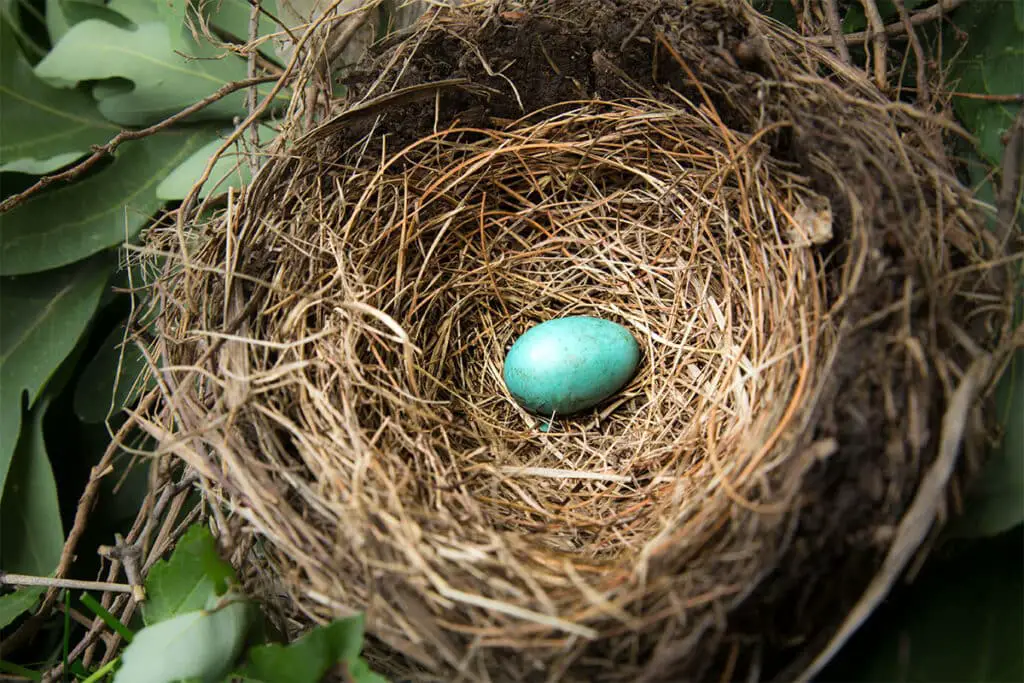
Conclusion
In the intricate tapestry of nature, the robin eggs hatching us with a glimpse into the remarkable world of avian reproduction and the timeless rhythms of life itself. We are left with a profound appreciation for the enduring marvels of the American Robin and the delicate balance of nature. The process of robin eggs hatching is a testament to the resilience and adaptability of these beloved birds. It is a saga of survival against the odds, where environmental factors, maternal care, and the intrinsic timing of embryos converge to ensure the continuation of the species.
Through the lens of ornithology, we gain insight into the intricate mechanisms that drive the natural world, reminding us of the intricate interplay between life and its surroundings. Timing, as we have discovered, is not a fixed date on a calendar, but rather a dance choreographed by the ever-changing environment. Temperature, weather conditions, and food availability all play their part in determining when robin eggs hatch. The mother robin’s unwavering dedication to incubation, with her constant presence and attentive care, is essential in this process.
Her warmth and vigilance are the lifeline for the delicate embryos within, and they highlight the incredible bonds that exist in the animal kingdom. Beyond the biological aspects, the hatching of robin eggs holds a deeper significance in our hearts. It signifies the arrival of spring, a season of renewal and growth. The melodious songs of the male robins, which fill the air during this time, mark the transition from the cold embrace of winter to the vibrant awakening of the natural world. These birds symbolize hope and resilience, reminding us of the cyclical nature of life and the enduring beauty of the world around us.

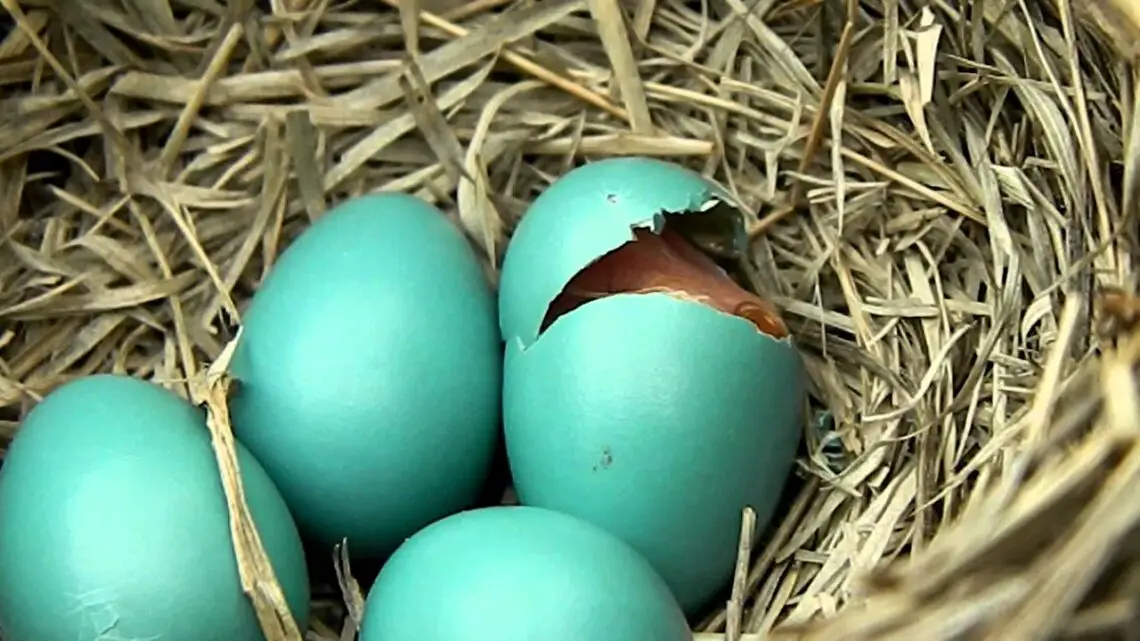
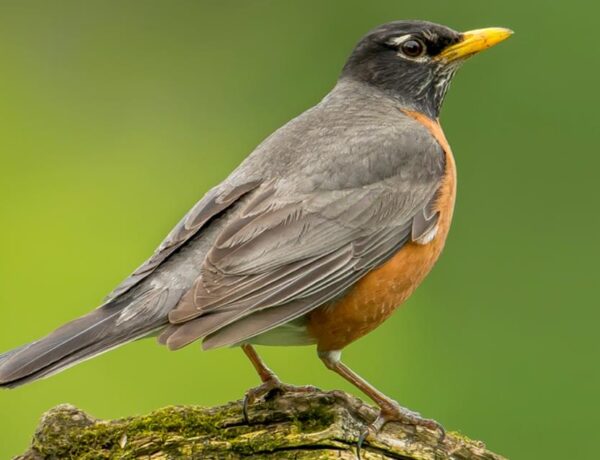
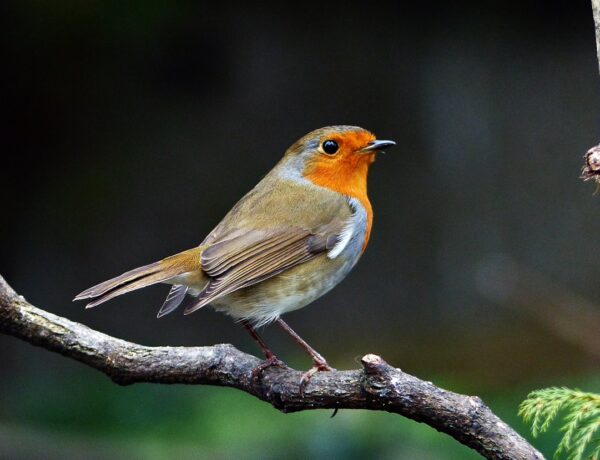
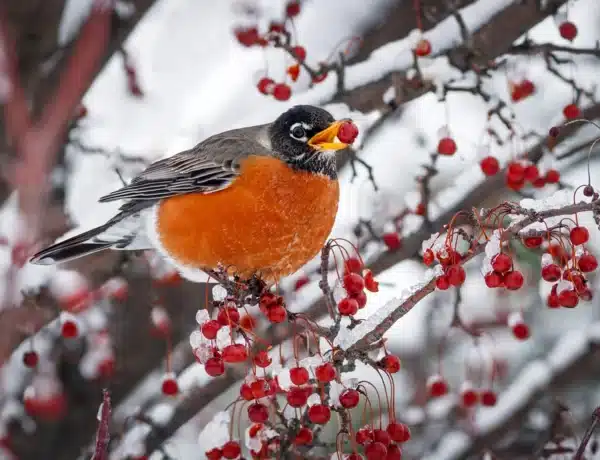
No Comments